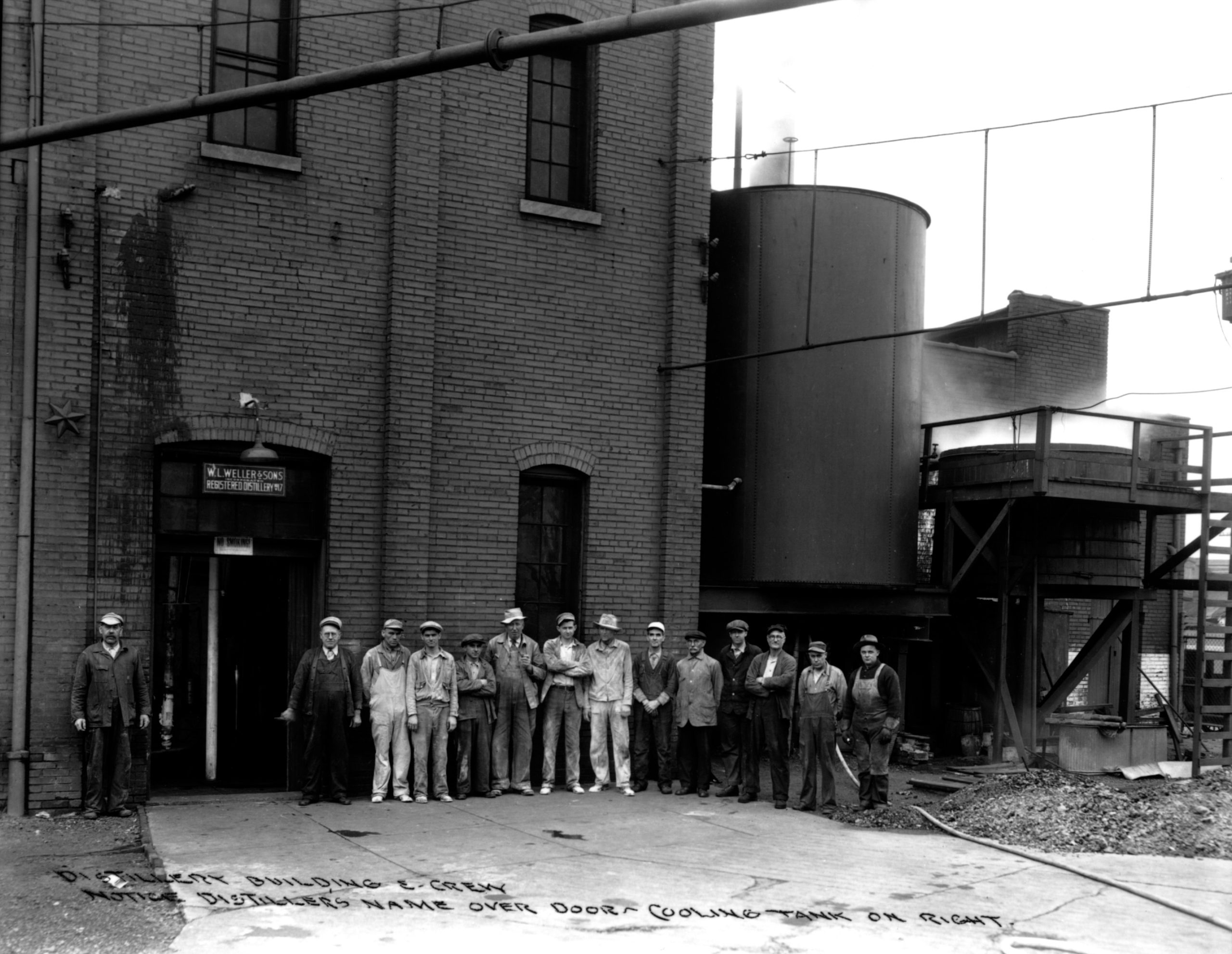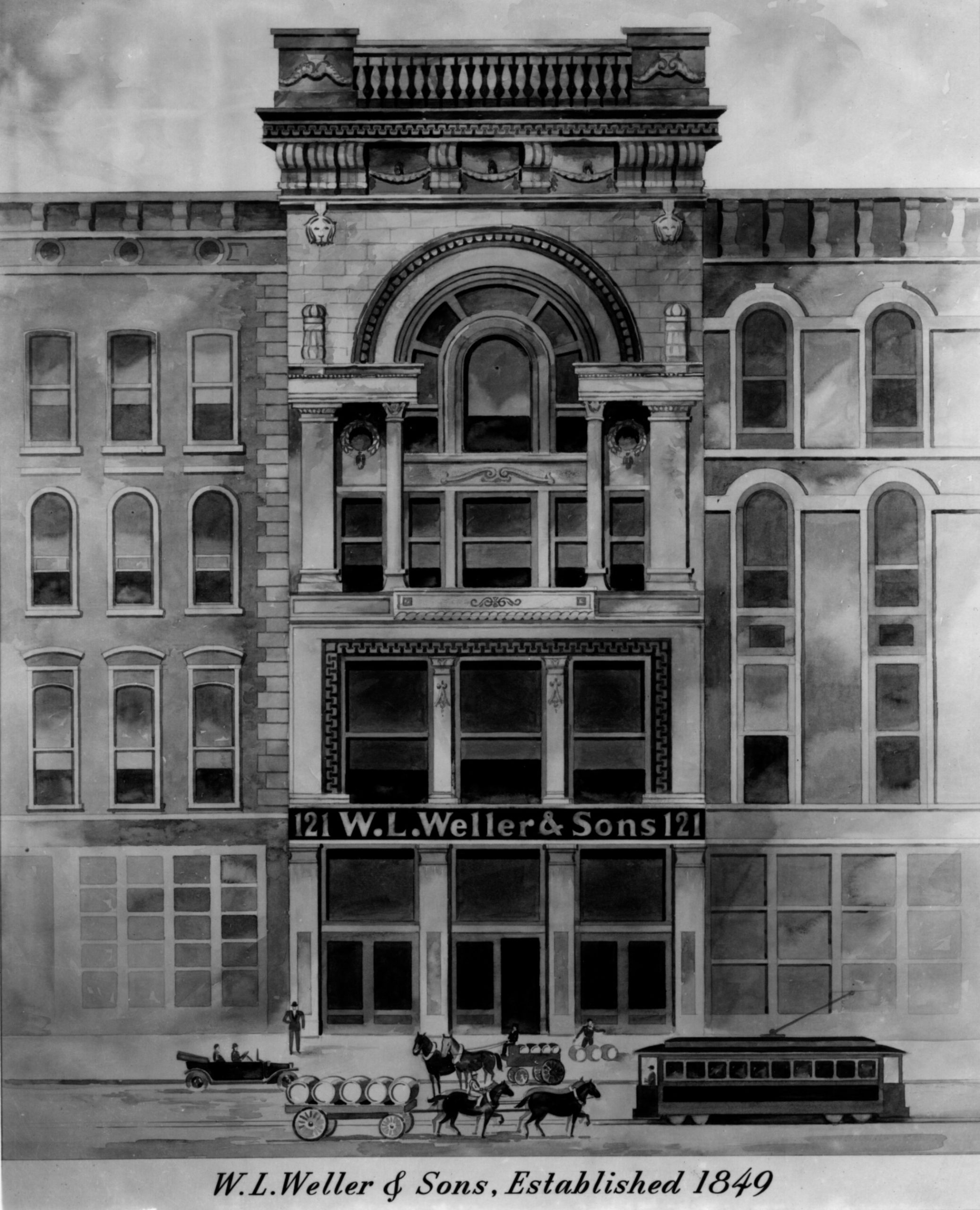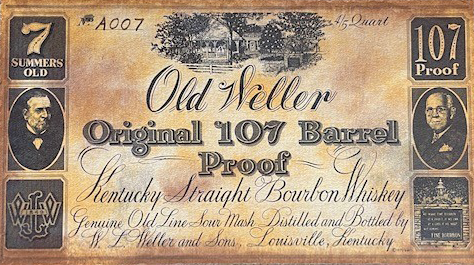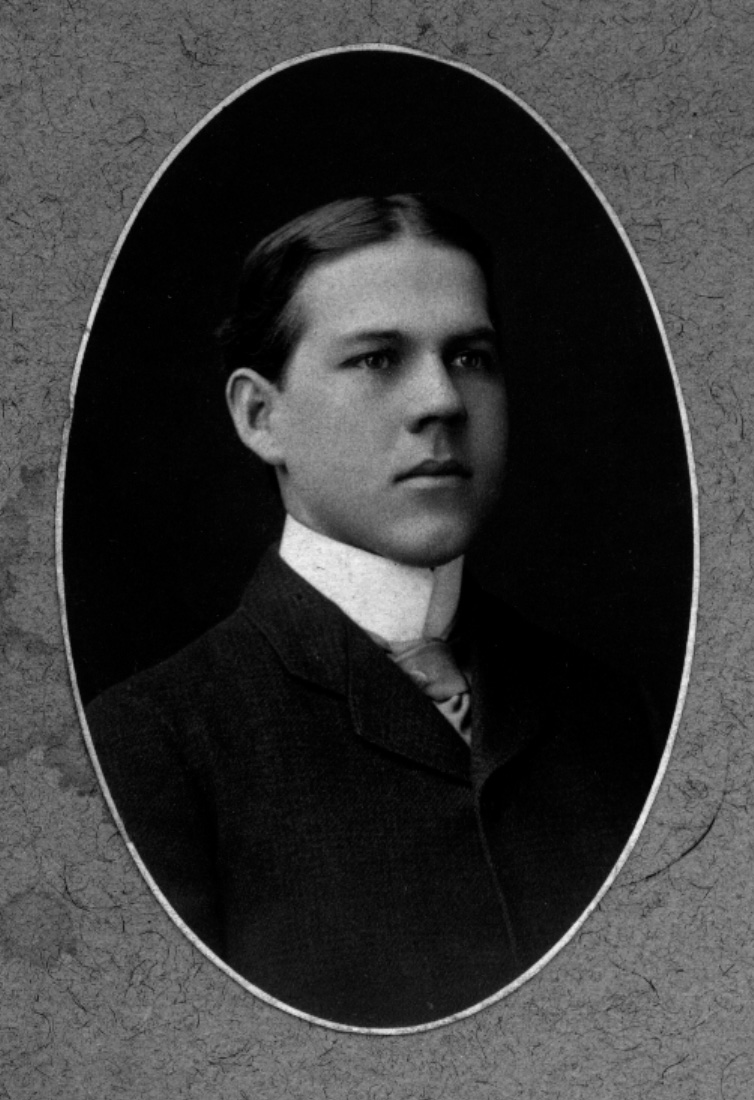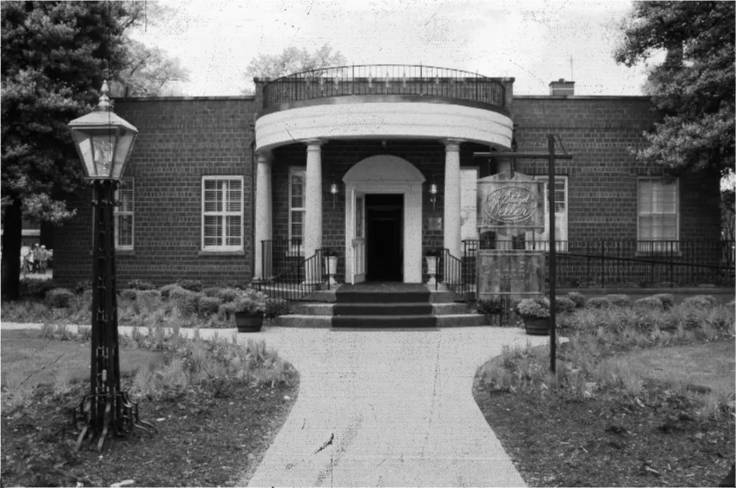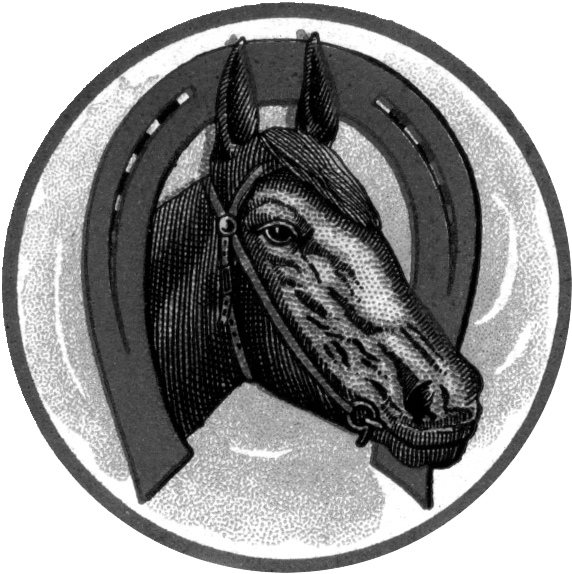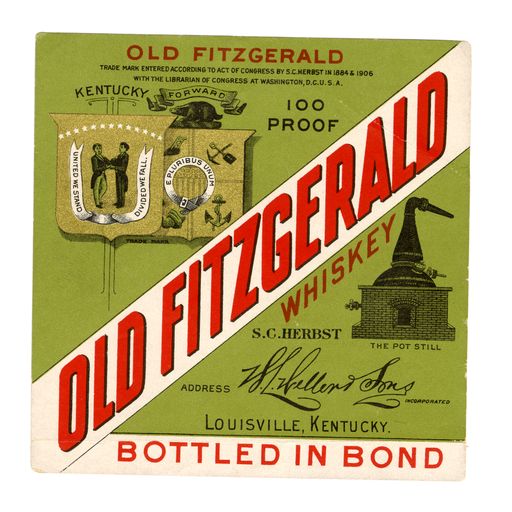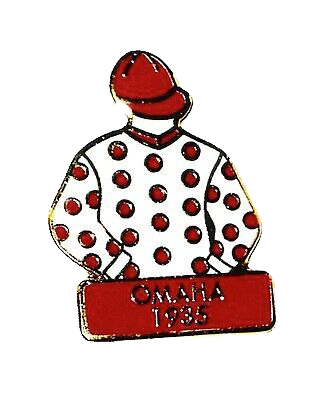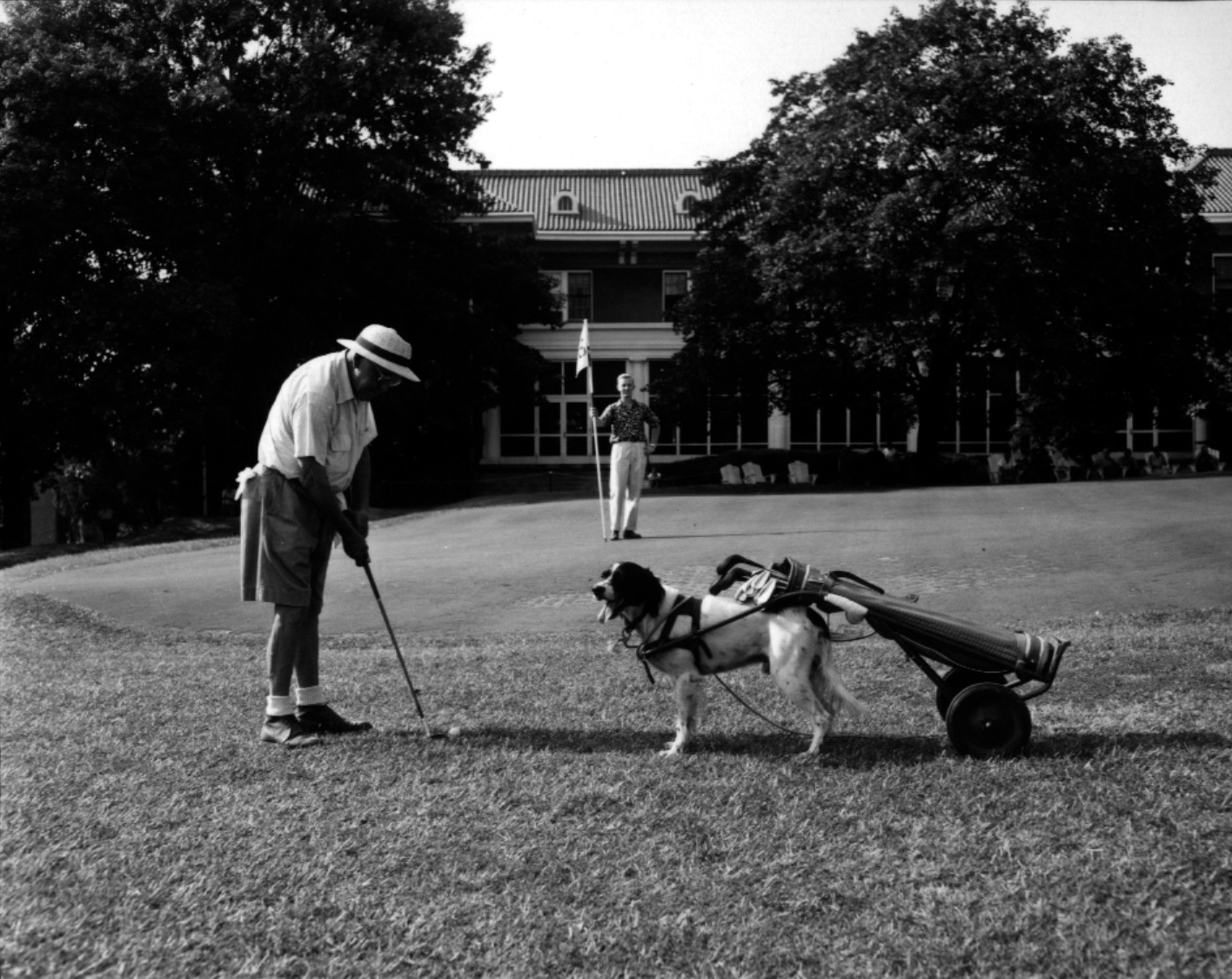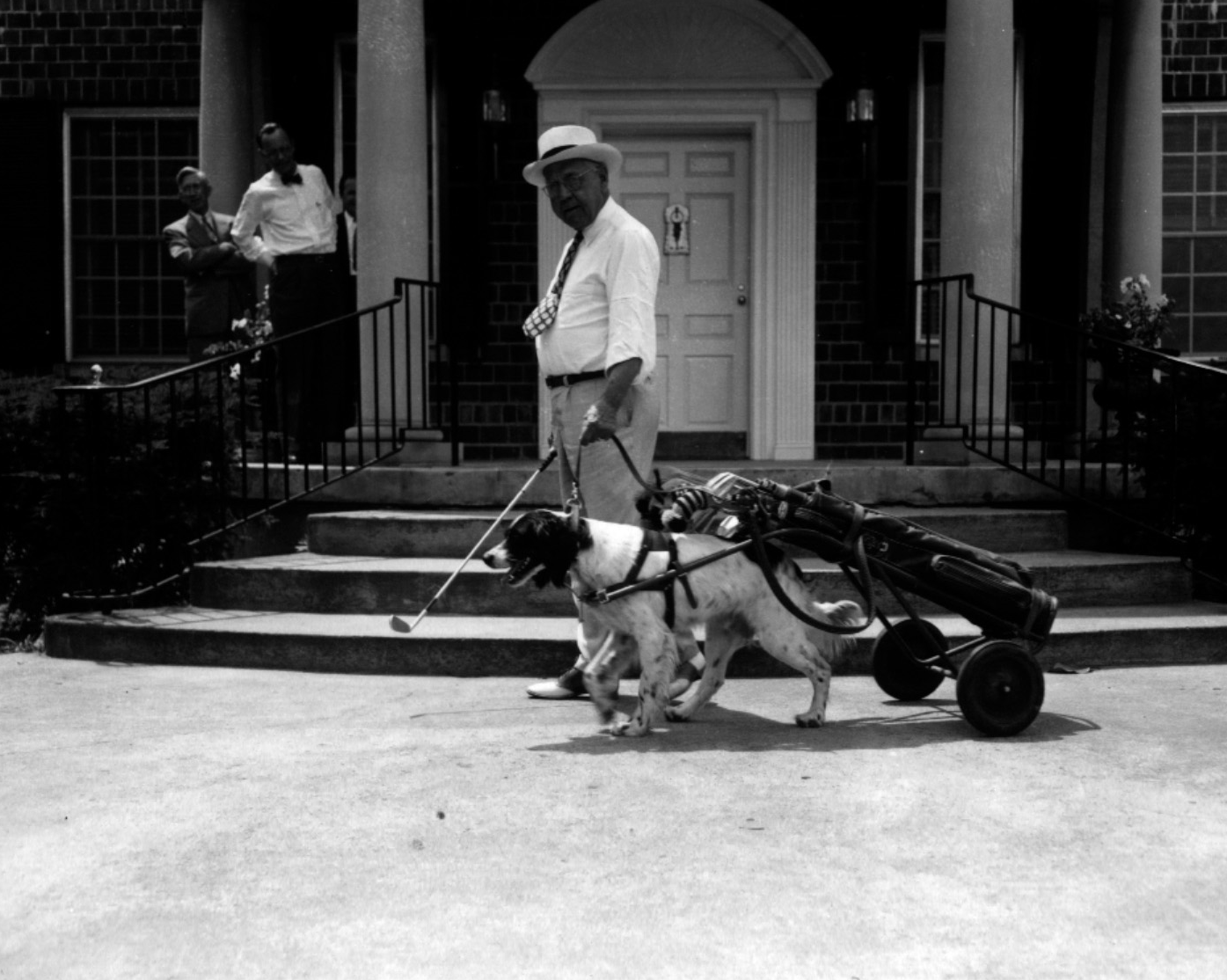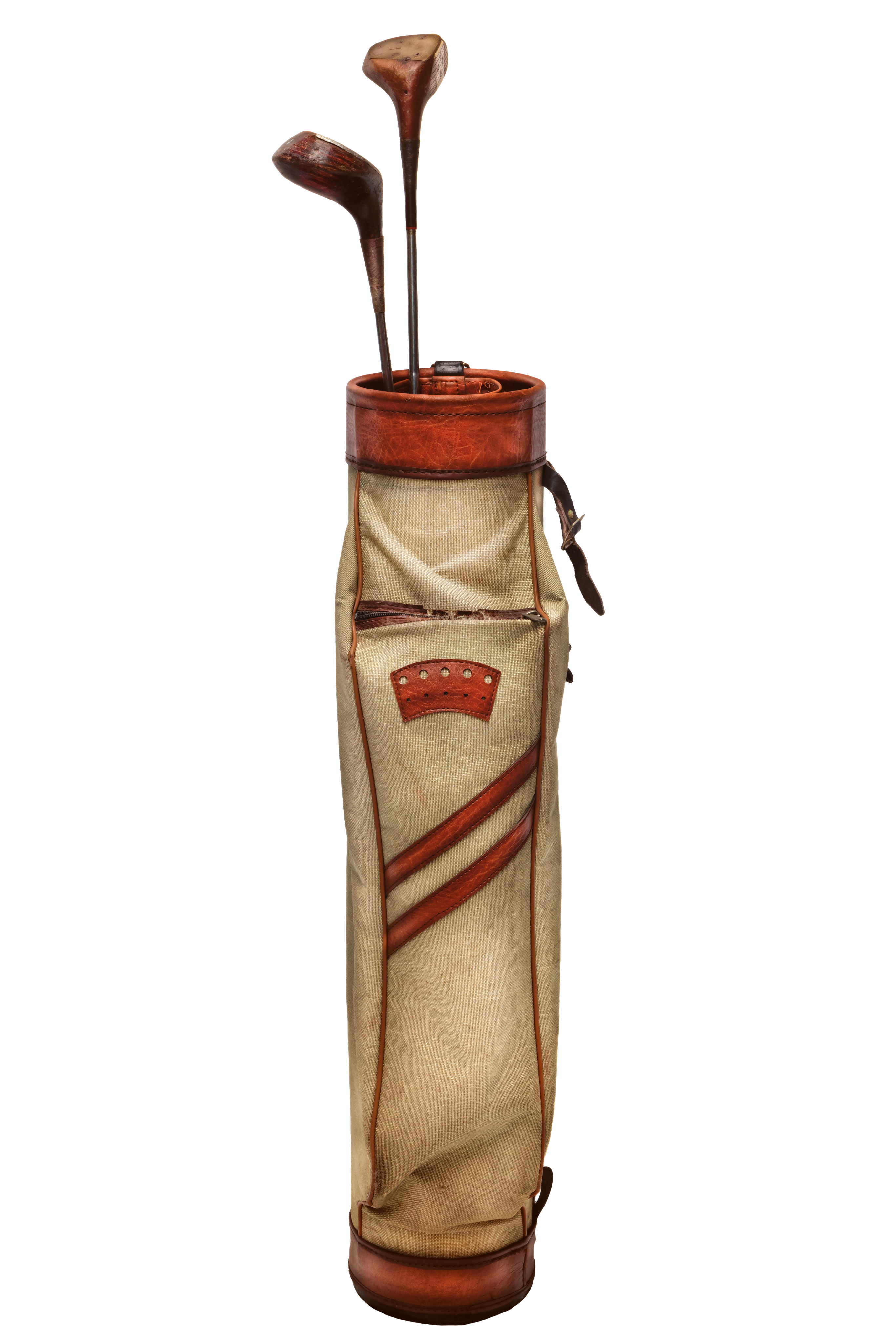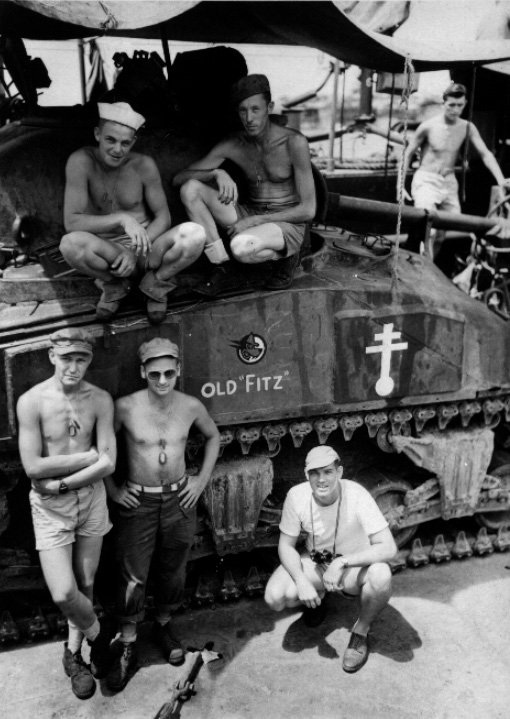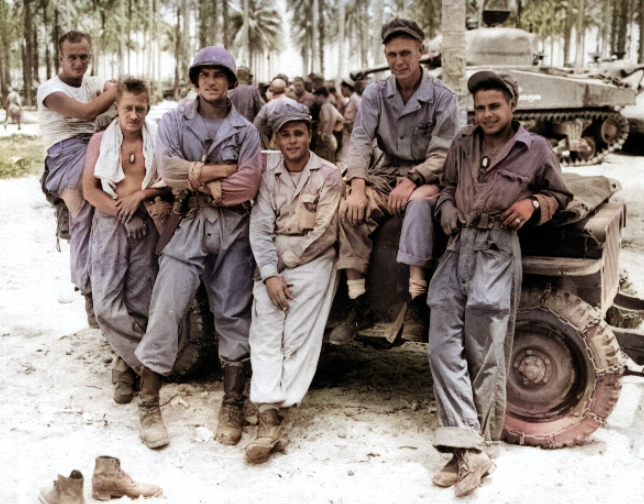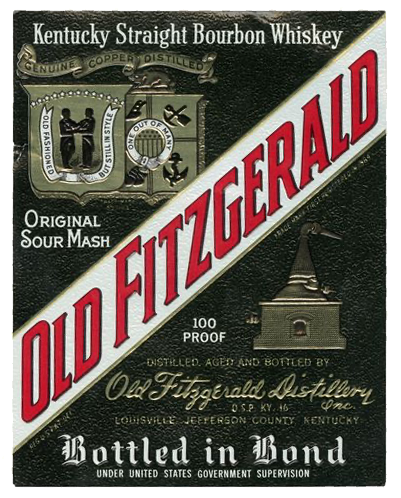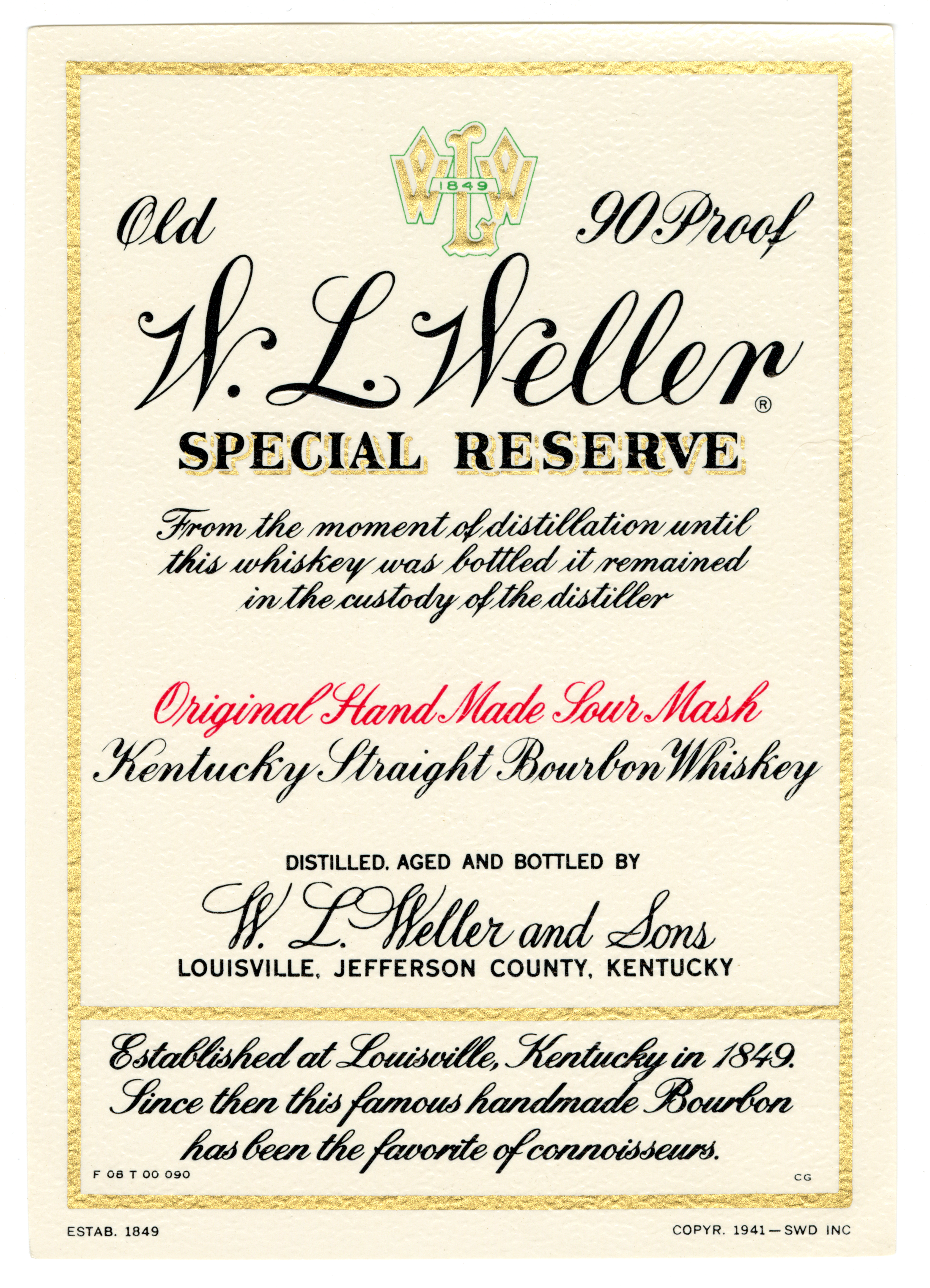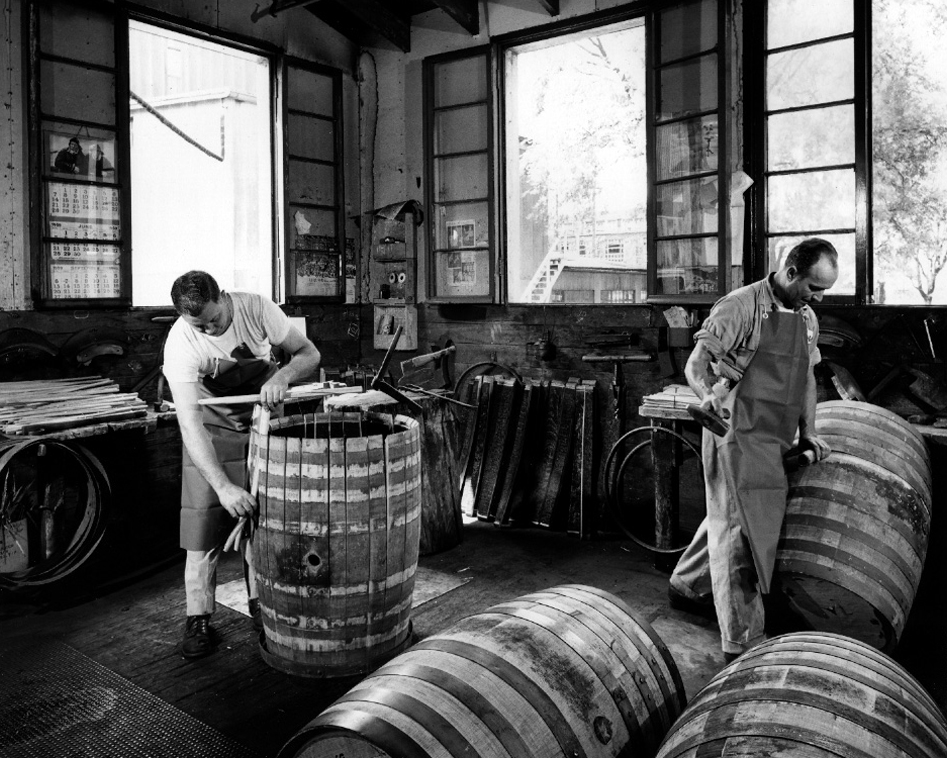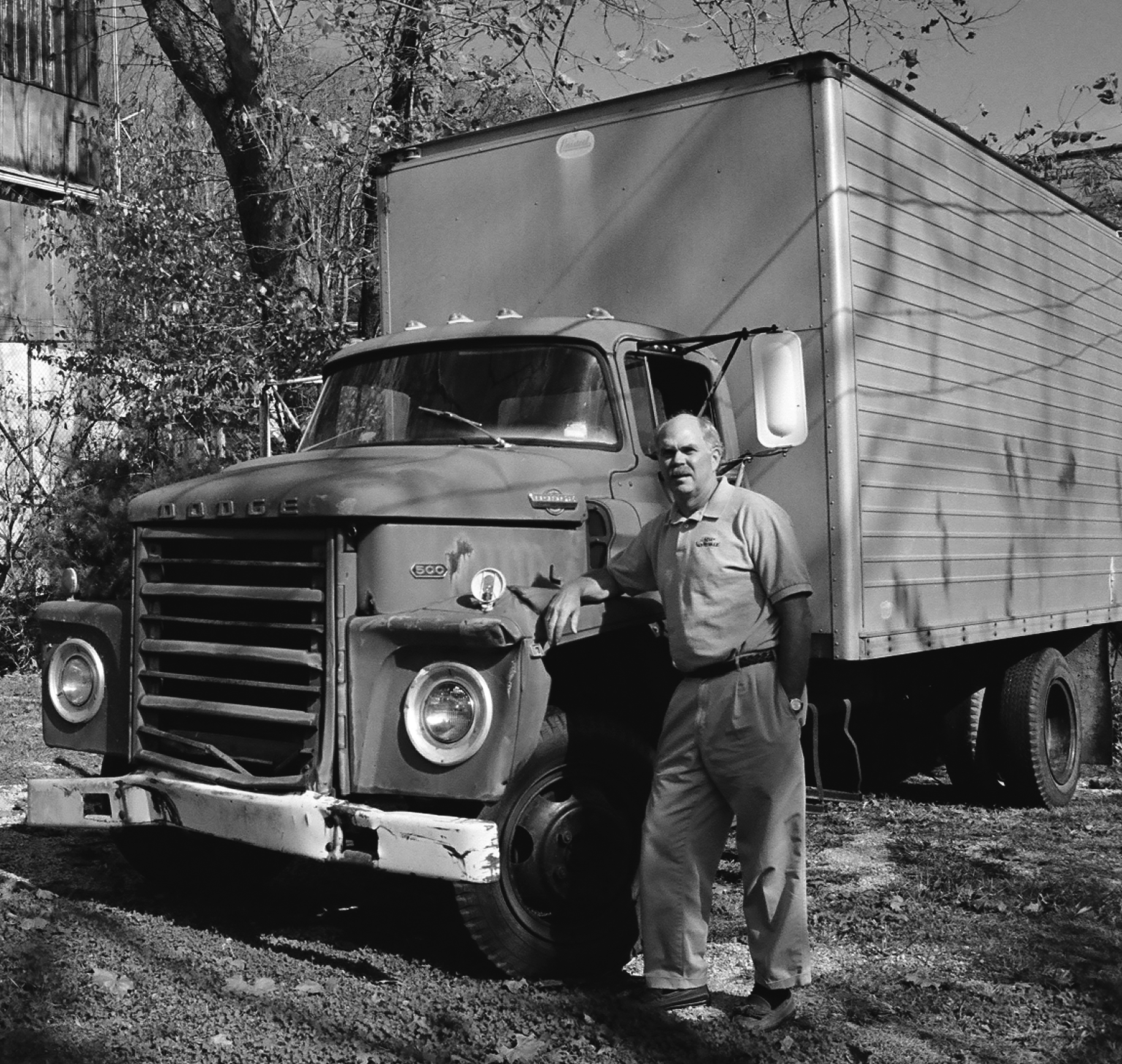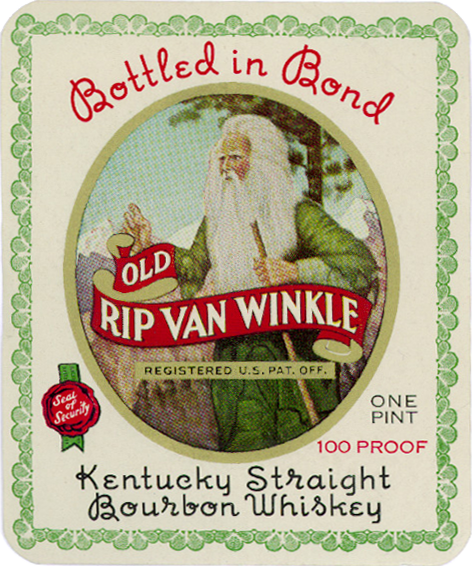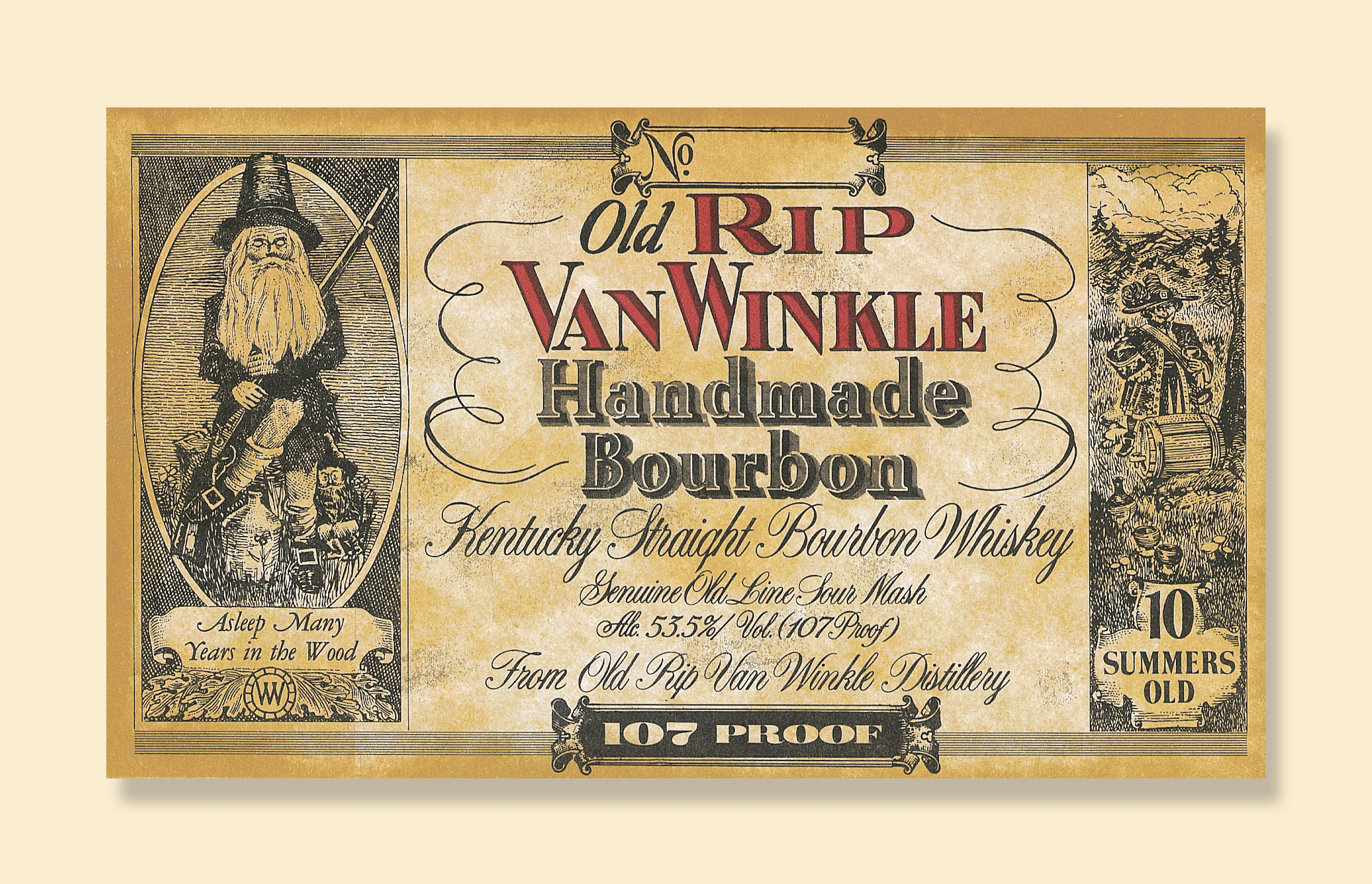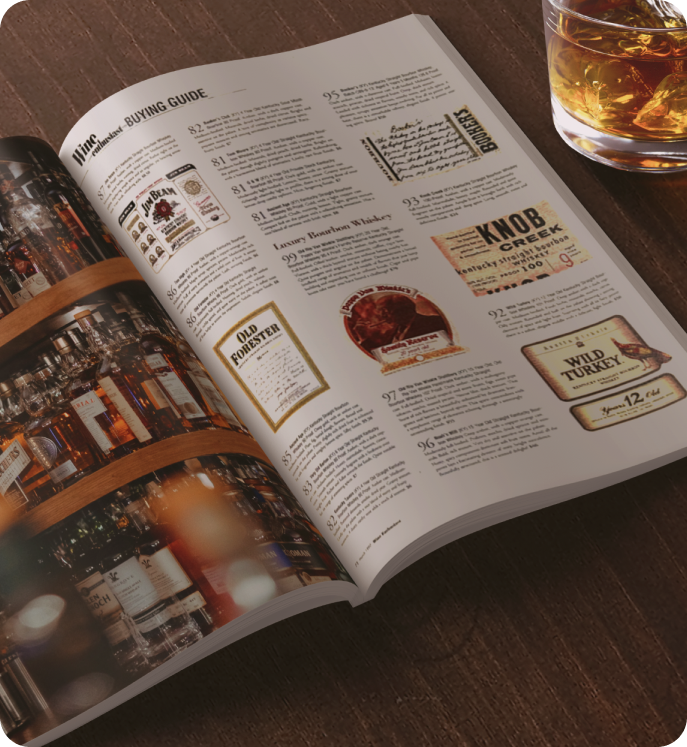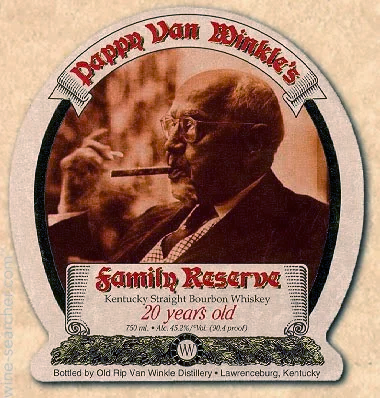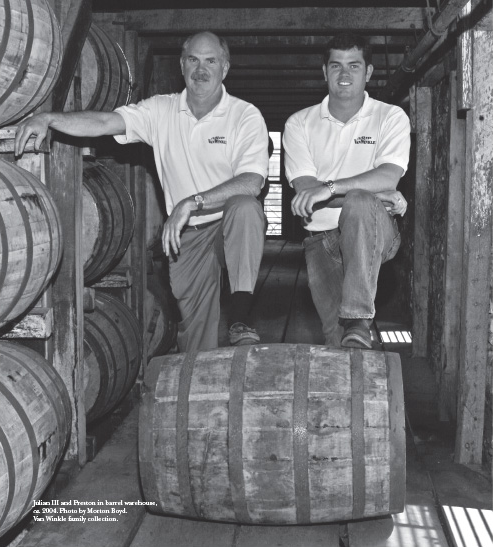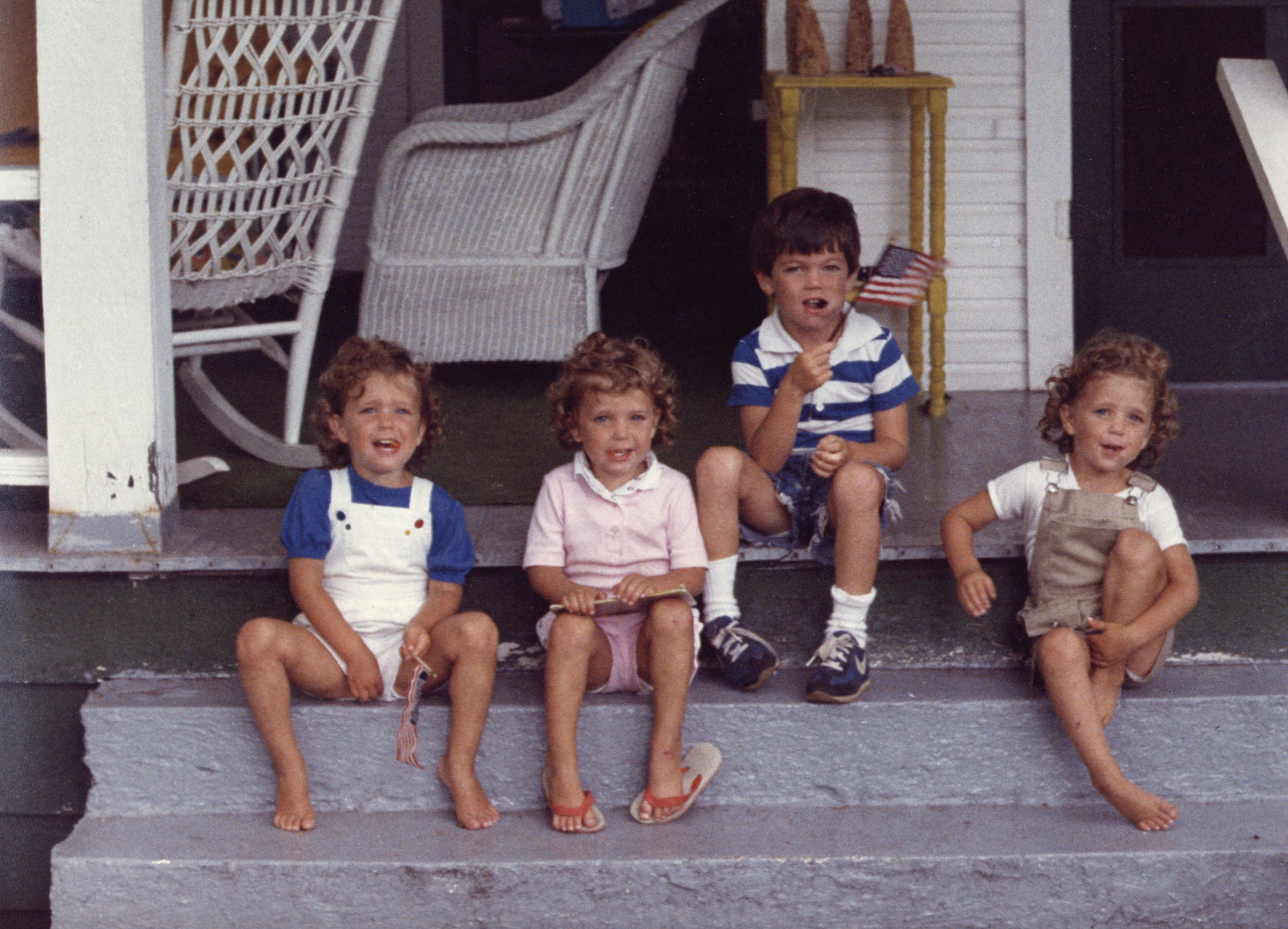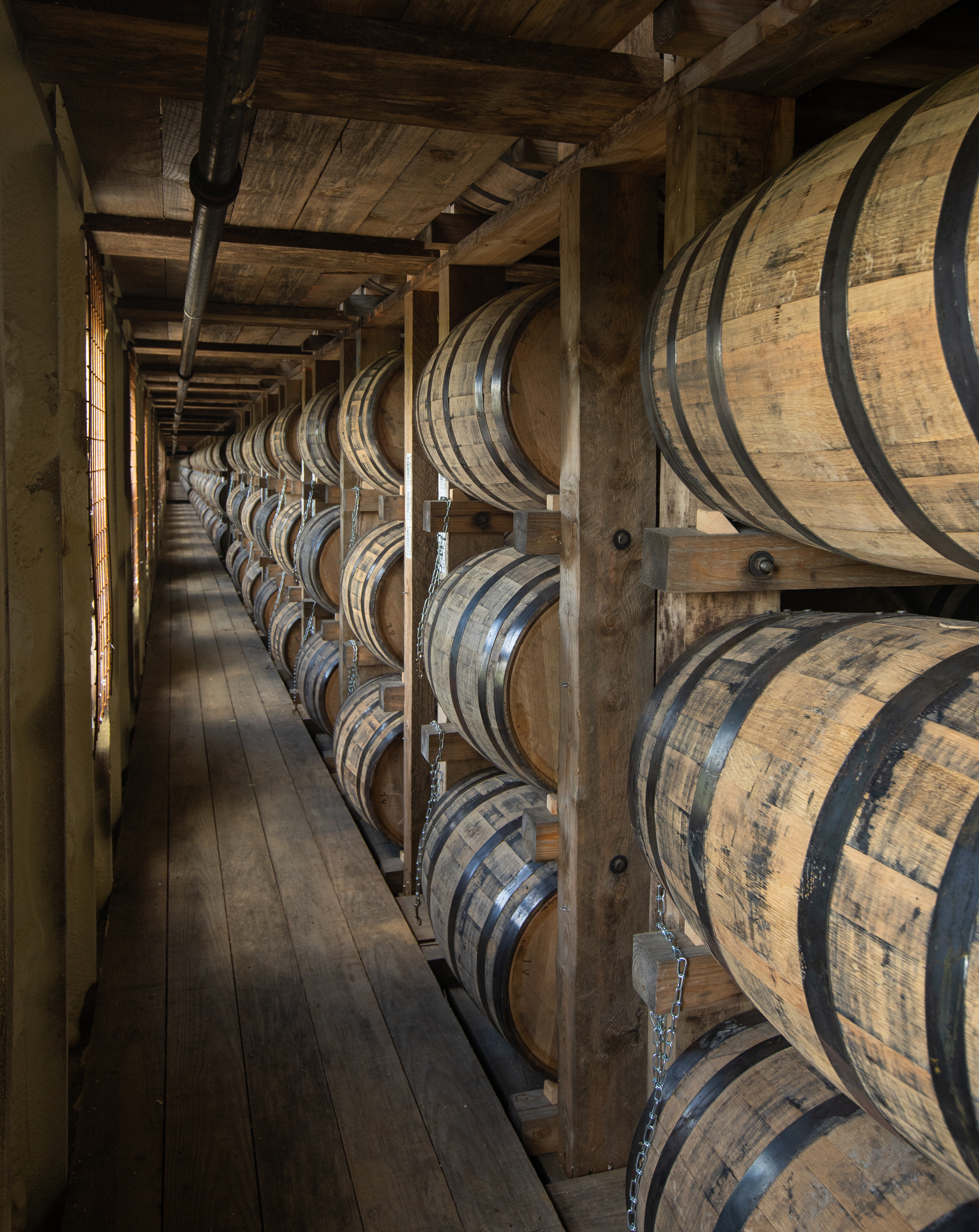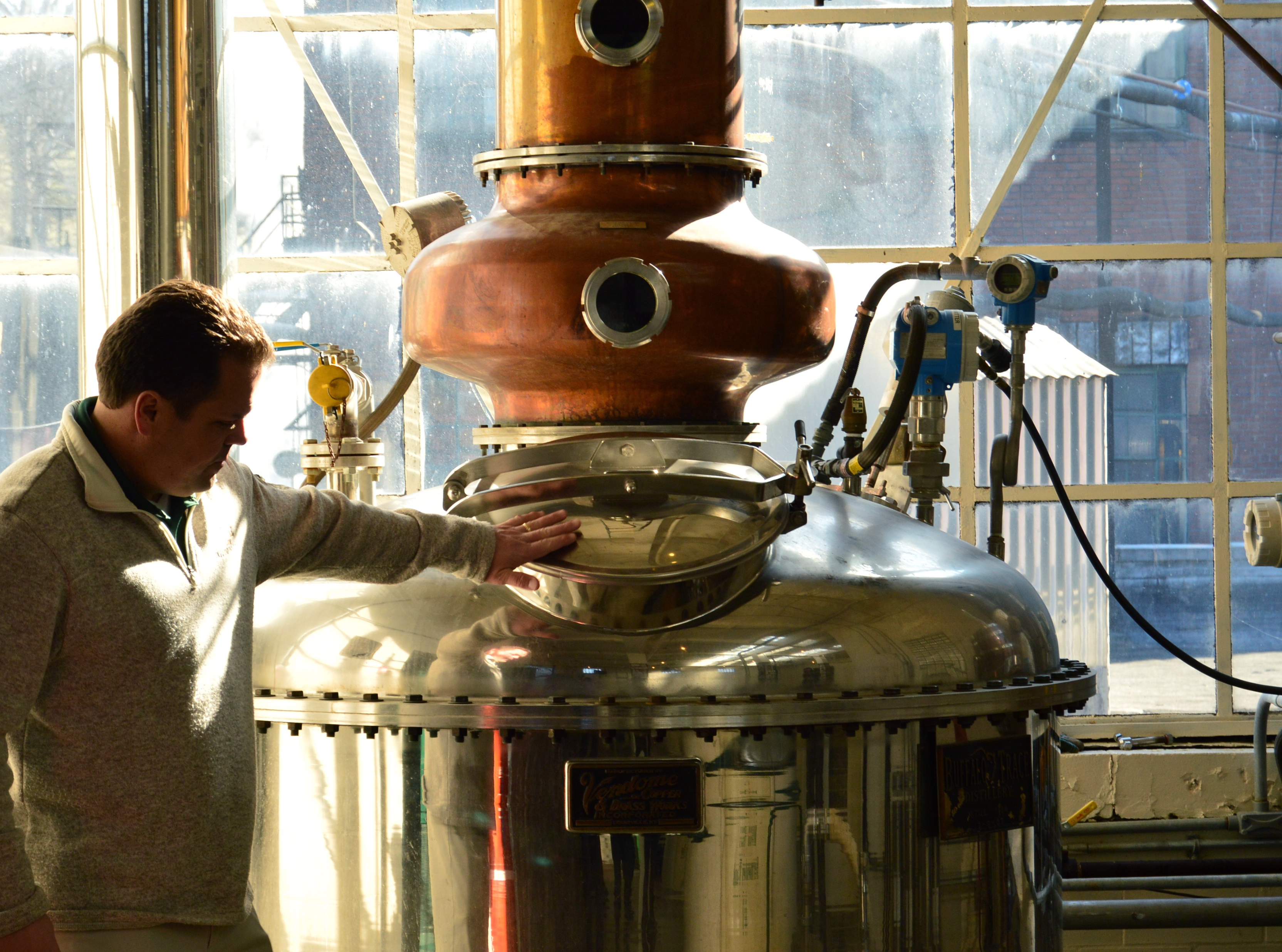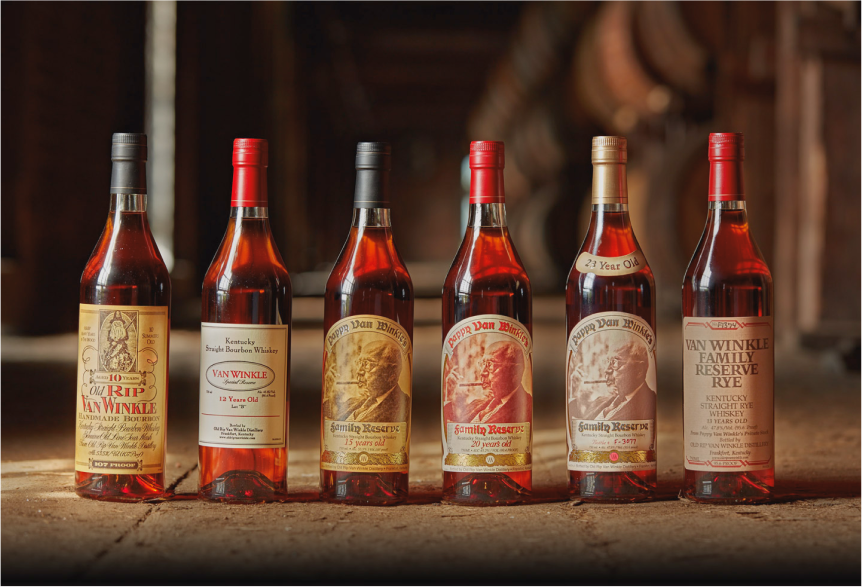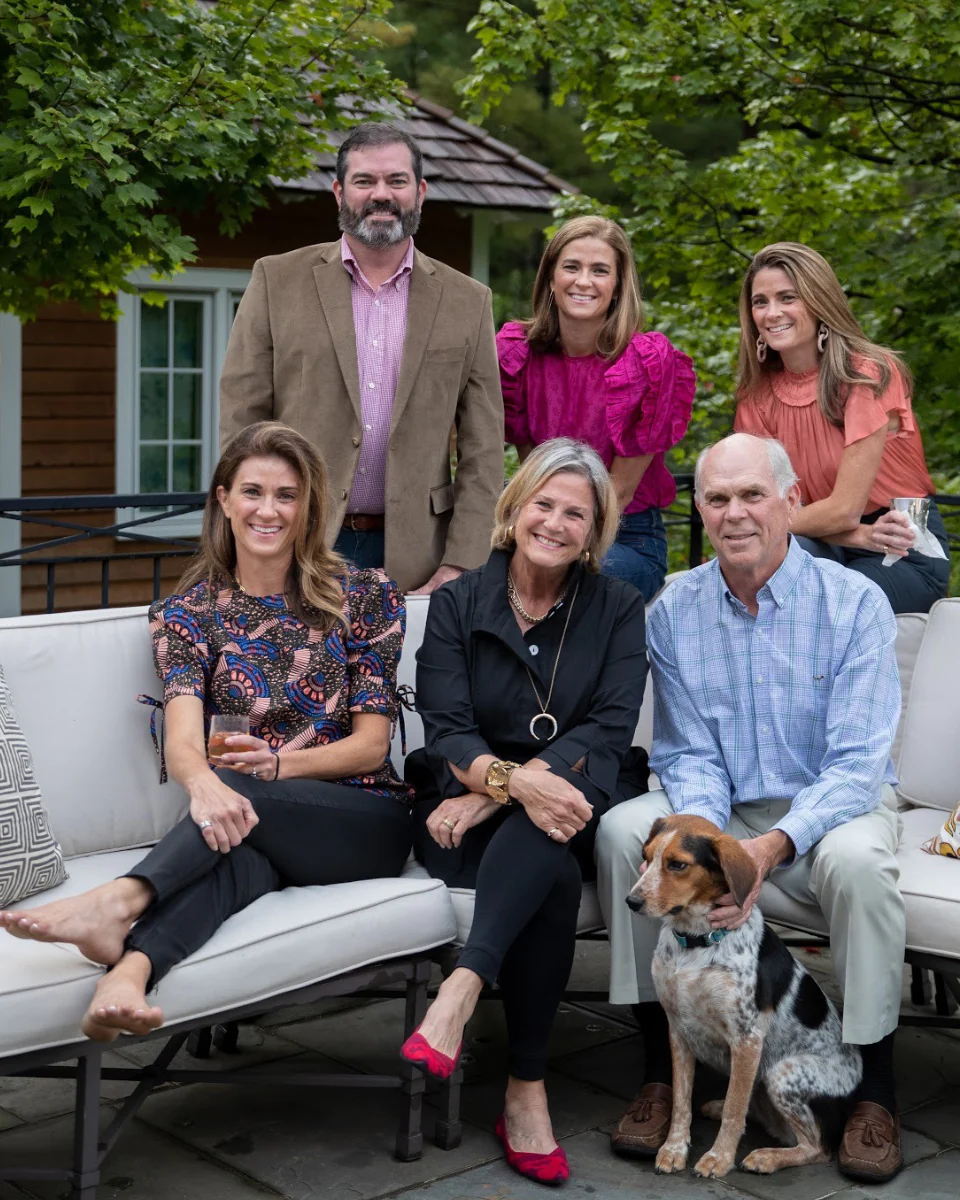-
Scroll Up/Down or Drag to navigate
Pappy's
Beginnings1893A young Pappy Van Winkle, not yet a bourbon legend, was a determined traveling salesman for liquor wholesaler, W.L. Weller & Sons. He sold bourbon and a dream while traversing Kentucky by horse and buggy. His dream was also a promise of quality, of integrity, and of a bourbon that’s worth every penny.
-
DERBY
DAY1935Pappy, having taken the reins of the newly-combined W.L. Weller & Sons and the A. Ph. Stitzel Distillery after Prohibition ended, opened the new Stitzel Weller Distillery in Shively, KY on Derby Day, 1935.
He was on the cusp of transforming bourbon history. Armed with an innovative grain recipe that replaced rye with wheat, preparing to unveil a bourbon smoother and softer than any previously known. It was a gamble, but Pappy was certain that quality would always triumph. As the first bottles began to roll off the bottling line, it became clear, Pappy wasn’t simply producing bourbon, he was crafting history.
-
Pappy's
Wit1955Pappy was more than just a bourbon-maker. He was a character – a man of wit and humor. You could often find him at the Louisville Country Club, with his faithful dog, Thunder, hauling his golf clubs, a sight that would bring a smile to anyone’s face. His quips were as smooth as his bourbon, his laughter as warm as a sip of his finest blend.
-
“Fine bourbon ought
to make itself - with
just a little help from
Mother Nature and
Father Time.”Pappy -
Passing
the Torch1965As Pappy’s era came to a close, Julian “Big Van” Van Winkle Jr. stepped up. This wasn’t just a business to Big Van, it was a legacy from his father. A war hero, a Silver Star and Purple Heart recipient, he had often managed the business from the back of a Sherman tank while fighting the enemy in the Philippines. Now, he was ready to fill Pappy’s shoes. With his father’s fiery passion for bourbon and a spirit as unyielding as the Kentucky landscape, Big Van was poised to continue to drive the Van Winkle bourbon legacy forward
-
Big Van's
Challenge1972Big Van had faced battles before, but none quite like the sale of the Stitzel-Weller distillery in 1972. The distillery, the heart of the Van Winkle legacy, had to be sold due to a declining bourbon business and financial difficulties. This became a turning point for the family – a moment of adversity that set the stage for a new chapter in the Van Winkle story.
-
Julian III's
Rise1977Julian Van Winkle III stepped into the family business, undaunted by the industry slump. With a gifted palate and a determination to uphold the family legacy, he acquired what remained of the Old Hoffman Distillery in Lawrenceburg, Kentucky and began aging, processing and bottling the Old Rip Van Winkle brand. Despite financial struggles and industry decline, Julian III’s commitment to quality stirred the industry. It was a testament to the Van Winkle spirit – even in adversity, the legacy thrived.
-
“This is a distillery,
not a whiskey factory.”Julian P. “Pappy” Van Winkle -
Highest
Rating1996Then came the moment that changed everything. In the mid – 1990s, Julian renamed the older Old Rip products to the Pappy Van Winkle brand we know today.
Pappy Van Winkle’s Family Reserve 20 year was the first of the Pappy labels. It received the highest rating ever awarded a whiskey at the 1996 Chicago Beverage Testing Institute awards.
When the results were published in Wine Enthusiast magazine, it was a game changer – a buzz that propelled the brand to new heights. But it wasn’t just a win for the Van Winkles, it was a win for bourbon lovers everywhere.
-
Preston's
Entry2001Raised on tales of bourbon, Preston Van Winkle had witnessed the family’s relentless pursuit of quality. Inspired at the 1999 Kentucky Bourbon Festival, he joined the family legacy in 2001, doubling the distillery’s sales team.
The story continued, the legacy lives on, and the commitment to quality remains unwavering.
-
Buffalo
Trace
Partnership20022002 brought a pivotal partnership with Buffalo Trace Distillery, promising a steady whiskey supply. Julian III, initially hesitant, embraced the opportunity.
Buffalo Trace, having acquired the W.L. Weller label in 1999, seamlessly transitioned to producing Van Winkle bourbons from May 2002, adhering to Pappy’s mash bill recipe. This partnership ensured the Van Winkle legacy would thrive and promised more barrels for future generations.
-
The last
20 years2003 – 2023The new millennium brought triumphs and trials for the Van Winkles, from global recognition to black market complexities. Yet, their commitment to quality bourbon has never wavered.
Beyond bourbon, they had championed sustainability and spearheaded impactful fundraising, pouring their passion into causes that mattered. As they look to the future, they carry the wisdom of the past, ready to distill the legacy of Van Winkle further.
-
Legacy for
Next
Generations2024The Van Winkle legacy is a torch passed down from generation to generation. It’s a commitment to quality, a dedication to tradition, and a promise to future generations. It’s a legacy that’s as rich and complex as the bourbon they make, a legacy that’s set to endure for generations to come.
- 1893: Pappy's Beginnings
- 1935: DERBY DAY
- 1955: Pappy's Wit
- 1965: Passing the Torch
- 1972: Big Van's Challenge
- 1977: Julian III's Rise
- 1996: Highest Rating
- 2001: Preston's Entry
- 2002: Buffalo Trace Partnership
- 2003 – 2023: The last 20 years
- 2024: Legacy for Next Generations
